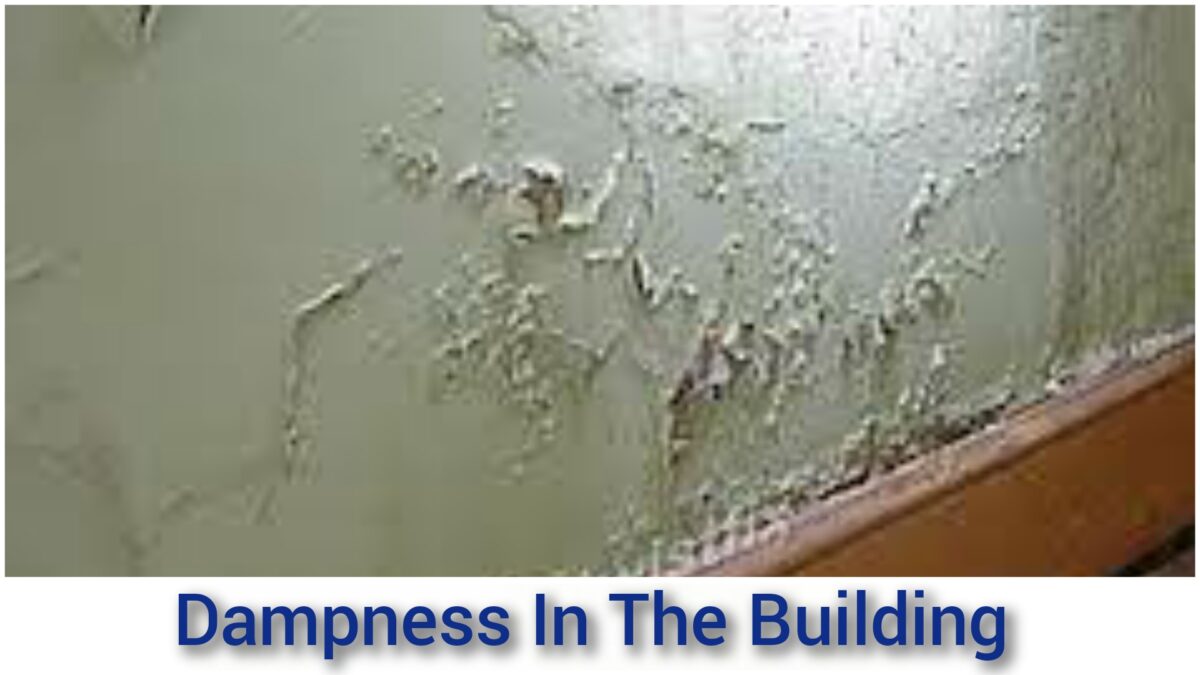There are various causes of dampness in the building. This article explains all the major causes of dampness in the building.

Let’s know all the causes of dampness in the building.
Table of Contents
1. Dampness Due To Groundwater
Groundwater is the water that exists below the surface of the earth. When the soil is not able to absorb water, it tends to accumulate and form a layer called the water table.
If the water table rises above the level of a building’s foundation, water can seep into the building and cause dampness. This can cause a variety of problems, including mold growth, peeling paint, and damage to the building’s structure.
2. Dampness Due To Rain Water
Rain water can also cause dampness when it enters a building. This can happen if there are leaks in the roof or walls, or if the building has poor drainage.
When rainwater enters a building, it can damage walls, ceilings and floors. It can also lead to the growth of mold and mildew, which can be injurious to health.
3. Damp Due To Pipe Leakage
Leakage from pipes can also cause dampness in the building. This can happen if there is a leak in the plumbing system, such as in the pipes that bring water into and out of the building.
If the leak is not fixed, water can seep into walls and floors, causing damage and dampness. In addition to causing dampness, leaking pipes can also lead to increased water bills and wasted water.
Summing Up
Weakness can be caused by a number of factors, including groundwater, rainwater, and leaking pipes. There are some other minor reasons as well but these are the 3 main reasons for dampness.
Dampness in a building should be fixed as soon as possible to prevent further damage to the building and to ensure the health and safety of its occupants.
